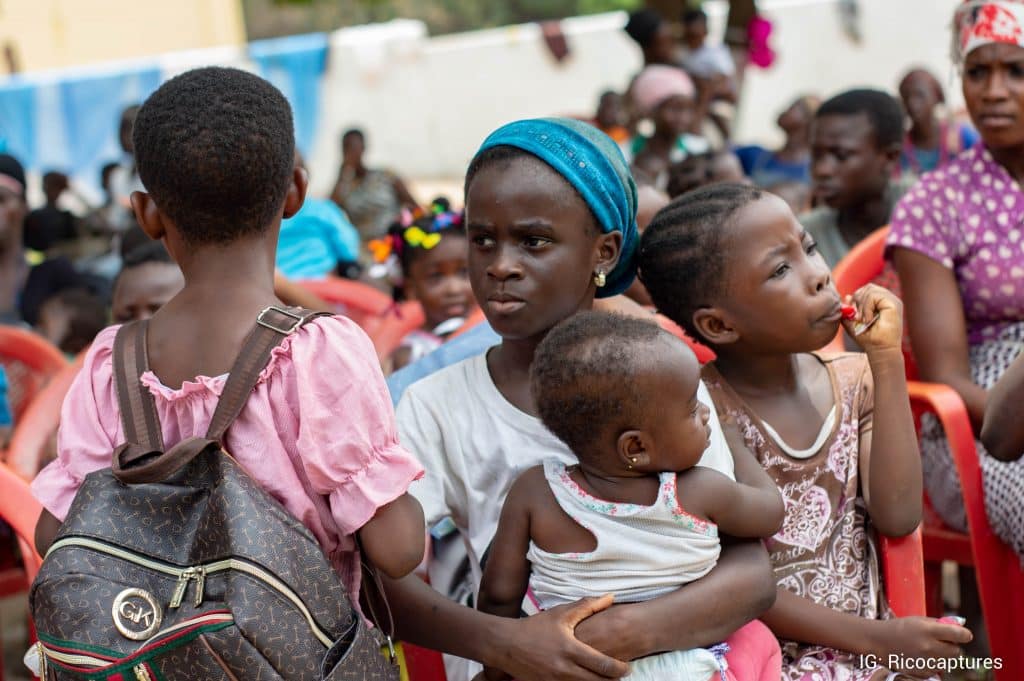Girls living on the streets face a multitude of challenges that are unique to their gender and their vulnerable circumstances. Their daily lives are marked by numerous hardships, placing them at a higher risk of exploitation, abuse, and marginalization. Understanding the challenges they face is crucial for developing effective interventions and support systems to improve their lives. In this article, we will explore some of the key challenges faced by girls on the streets.
Gender-based violence
Females living on the streets are at a heightened risk of gender-based violence, including physical, sexual, and emotional abuse. They face exploitation from various perpetrators, such as street gangs, criminals, and even law enforcement officials, which further increases their vulnerability.
Lack of access to safe shelter
Homelessness is a significant challenge for females on the streets. They often lack access to safe and secure shelters, leaving them exposed to the dangers of living on the streets, including violence, exploitation, and health risks. The absence of stable housing exacerbates their vulnerability.
Limited access to education
Females on the streets often face significant barriers to accessing education. They may lack the necessary resources, face discrimination, or be unable to attend school due to their living conditions and survival needs. This lack of education further hampers their ability to escape the cycle of poverty and improve their future prospects.
Health risks and inadequate healthcare
Street females face numerous health risks, including malnutrition, substance abuse, mental health issues, and exposure to infectious diseases. They often lack access to proper healthcare services, making it difficult for them to address their health needs and maintain their well-being.
Stigmatization and social exclusion
Females living on the streets experience social stigma and discrimination, which further isolates them from mainstream society. They may face judgments, negative stereotypes, and limited support from their communities. This stigmatization adds to their challenges and makes it harder for them to reintegrate into society and access the necessary support and opportunities.
Insufficient Access to Sanitation Facilities
Insufficient access to sanitation facilities poses significant challenges for girls on the streets. With over one billion people practicing open defecation, females are disproportionately affected by the consequences of poor sanitation. The lack of private and safe spaces puts them at a higher risk of gender-based violence, compromises their safety and dignity, and hinders their education. Inadequate sanitation facilities contribute to the stigma and challenges surrounding menstrual hygiene management, limiting women’s physical well-being and perpetuating gender inequalities.
Addressing these challenges requires a comprehensive approach that focuses on the specific needs of females on the streets. It involves providing safe shelter options, facilitating access to education and healthcare, combating gender-based violence, and promoting social inclusion. Additionally, raising awareness, advocating for policy changes, and empowering females through skills training and employment opportunities are essential steps toward addressing the unique challenges faced by females on the streets and creating a more equitable and supportive society for them.
WHAT’S OUT THERE: 6 PRESSING CHALLENGES FACING WOMEN AND GIRLS – AND HOW WE’RE HELPING








